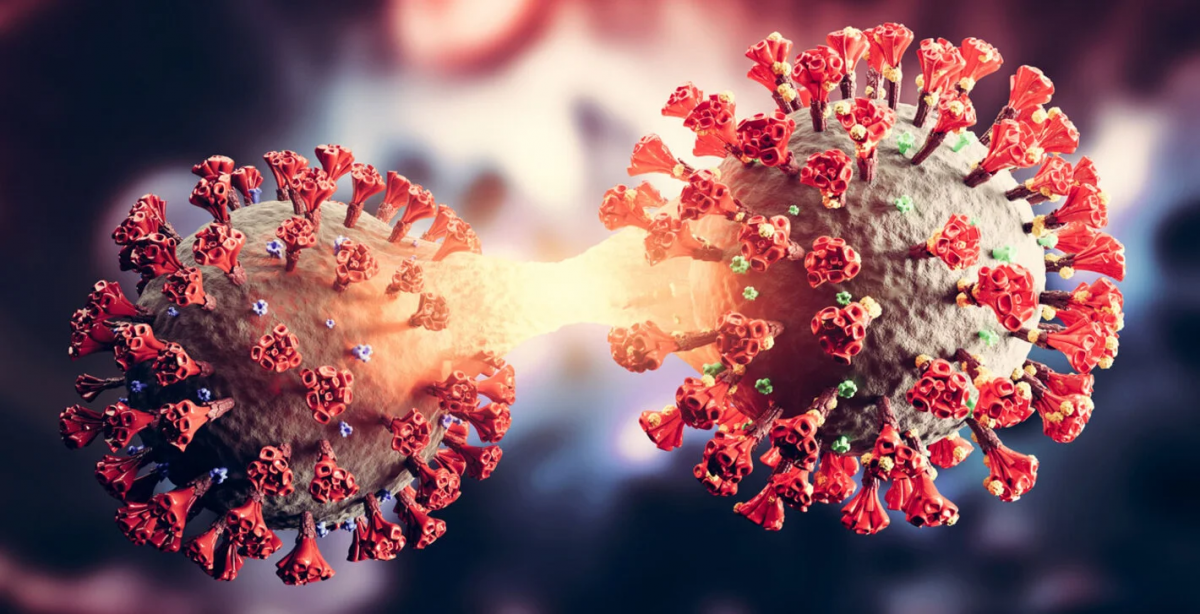Update on variant of interest EG.5 and variant under surveillance BA.2.86

The Pan American Health Organization (PAHO/WHO) has released a technical note with an update on the newly identified Omicron sublineages. To date, there is no evidence of significant changes to the public health impact of EG.5 and BA.2.86.
EG.5 is a descendant lineage of XBB.1.9.2 (a sublineage of Omicron) and was first reported in February 2023. It was classified as a variant of interest (VOI) on 9 August of this year. Globally, there has been a steady increase in the proportion of reported EG.5 infections. This trend has also been observed in some countries in the region, including Canada, Colombia, Costa Rica, the Dominican Republic and the United States. However, no changes in disease severity have been reported so far.
BA.2.86 was initially reported in a sample taken in Denmark in late July 2023. It has since been detected in Israel, the United Kingdom and the United States, but only a total of seven sequences have been reported. It was designated a variant under surveillance by the World Health Organization (WHO) on August 17 because it has a considerable number of mutations in the spike gene.
"Based on available evidence, the public health risk posed by EG.5 has been assessed as low and is similar to that of other circulating variants of concern," PAHO reports in the update, adding that "limited information is available for BA.2.86; and initial risk assessment will be generated shortly," something that will allow for better characterization of this variant in terms of transmission capacity, immune response and severity.
PAHO/WHO remarked that the recommendations for COVID-19 remain unchanged and urged all countries in the region to continue to collect representative samples for sequencing and to maintain adequate genomic surveillance of SARS-CoV-2, as this virus continues to circulate and evolve.
Globally, more than 1.4 million new cases of COVID-19 and more than 2300 deaths were reported in the past 28 days (July 17 to August 13, 2023), an increase of 63% and a decrease of 56%, respectively, from the previous 28 days.
WHO, through its Technical Advisory Group on SARS-CoV-2 Virus Evolution (known as TAG-VE), periodically evaluates new Omicron sub-lineages and will publish or update risk assessments as new information becomes available.



